My father grew up mainly in the interior where the winters are long and cold and the warm summer months are short and much longed for. I am sure that and his father who loved gardening and nature influenced the way he experienced the world. My father always loved the scent of flowers and would check every new type he came into contact. I often wanted to show him new plant for him to experience and comment on. One plant I was especially happy for him to meet and smell its wonderful scent is Japanese Skimmia(Skimmia japonica).
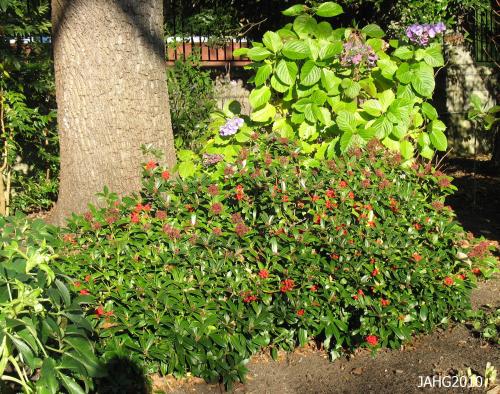
Here in this group of Japanese Skimmia you can see the berried female plants in the front and the males in the back covered with flower buds waiting for the spring.
There are 4 species of Skimmia and all are found in Asia; all of the species having attractive berries, aromatic foliage and fragrant flowers. Skimmia japonica was first originally described by Carl Thunberg in ‘Flora Japonica'( published 1784), his record of plants which he collected in Japan in 1775-1776. At that time it was thought the plant was a type of Holly(Ilex). Holly like this Skimmia species has separate male and female plants. Robert Fortune introduce a plant from China which was is a hermaphrodite(male and female parts on the same plant), this plant was later determined to be an important subspecies now known as Skimmia japonica subsp. reevesiana. What is now known is that Skimmia japonica is quite variable and is found in a wide range of areas ranging from Taiwan through the Japanese islands into Korea and Sakhalin. With the variability of the species, many new forms have been introduced.
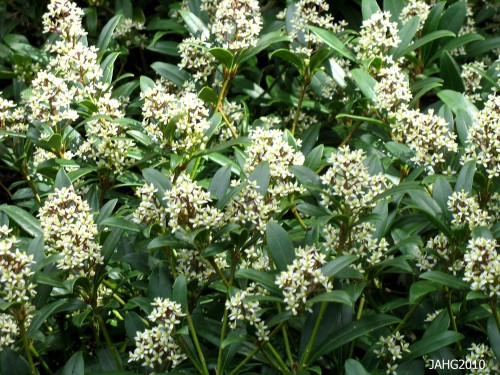
This appears to be a female Skimmia japonica plant as there does not appear to be any stamens with pollen present.
When Robert Fortune’s plant was introduced to the public by Sunniingdale Nursery in 1849 it was an instant hit and from that time Japanese Skimmia has been valued as a first-rate plant with many desirable qualities. In Japan it has long been used in gardens. The Japanese name for Skimmia japonica is ‘Miyama shikimi’ and Shikimi refers to a completely different species (Illicium anisatum) which is also a highly aromatic plant. The name Skimmia refers to the latinized Japanese ‘Shikimi’. All of this has also confused people in the past as Illicum or Star Anise is well known spice and is a more tender plant.
The Skimmia species is a member of the Rutaceae family which we know better for giving us citrus fruit such as oranges, lemons, limes and Grapefruit. Other members are as diverse as the bitter herb Rue(Ruta) and Zanthozylum which gives us Sichuan Pepper and Prickly Ash. Many members of the family are edible and provide us with important fruit, spices and medicinal components. Skimmia is probably is the most important of the strictly ornamental plants.
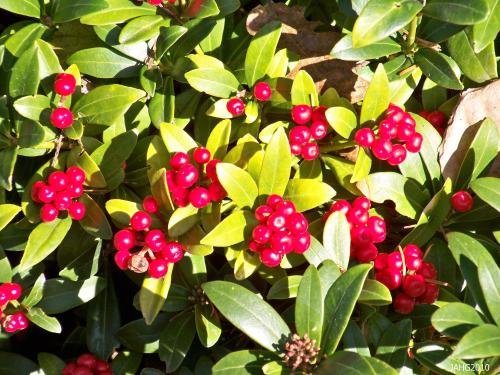
The berries of Skimia japonica are a bright shiny red and are very festive looking at this time of the year.
Japanese Skimmias are all around us and we often are not aware of them because their broadleaved evergreen foliage blend in so well with other plants. Skimmia japonica is very popular with better landscape designers and gardeners because the plant is versatile. One often sees them used in shady locations tucked under deciduous trees which will attract our attention most of the year. I see this in Beacon Hill Park under the magnificent Japanese Maples between Goodacre and Fountain Lakes. When the Skimmia blooms the scent flows in the breeze along the path and across the near bridge to delight the many people strolling in the area.
Skimmia japonica and all its forms are easy plants to grow. They like fertile rich soil which is slightly acidic but tolerate clay soils quite well. They like a site which is well-drained but is well watered during the hot summers as they do not like drought conditions. They prefer a site which is dappled or is more on the shady side or their leaves will yellow even in a strong winter sun. As they are evergreen they will do best being in a location which is protected from drying winds especially in the winter season.
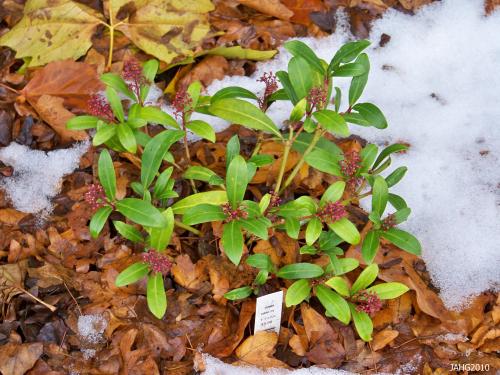
This recently planted Japanese Skimmia has a good mulch of leaves to help it survive the freezing weather and snow.
Japanese Skimmias are very slow-growing and dense but over a long time get to be quite large. I have seen plants which are 1.2m(4ft) tall and wide in gardens and it is said that they can grow an astonishing(to me at least) 7m(22 ft) tall. Often now we seen many of the smaller forms such as sbsp. reevesiana which is small enough to fit well into any garden. Skimmias are rated as hardy to zone 7 or -12 to-18c (0-10f). Skimmias are easily propagated by seed or softwood cuttings although they are slow to root.
Use Skimmia japonica as an accent, in a winter garden, for fragrance in the spring, along paths where you brush the aromatic foliage. Their colorful berries are bright winter interest and the foliage is not popular with deer or slugs which may visit you. They work well as foundation plants especially when placed near entrances or windows. Skimmias are also popular in a woodland setting or in borders as they are very low maintainance and will need little care over their long life.
Stirring up the Skimmia:
Rainyside’s page on Skimmia japonica: http://www.rainyside.com/features/plant_gallery/shrubs/SkimmiaJaponica.html
Kwantlen University webpage on sbsp. reevsiana: https://appserver1.kwantlen.ca/apps/plantid/plantid.nsf/lookup/78AAF594F71CCF2988256F0200610584?OpenDocument
The mystery of the name:
…Until we meet again soon…I hope….

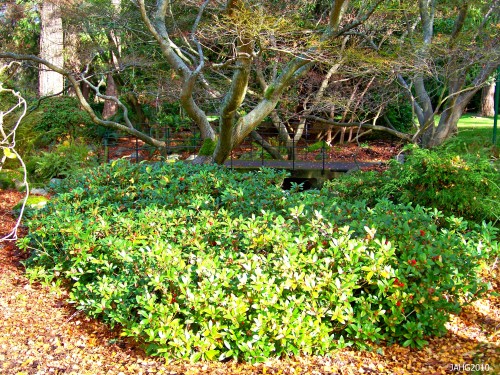
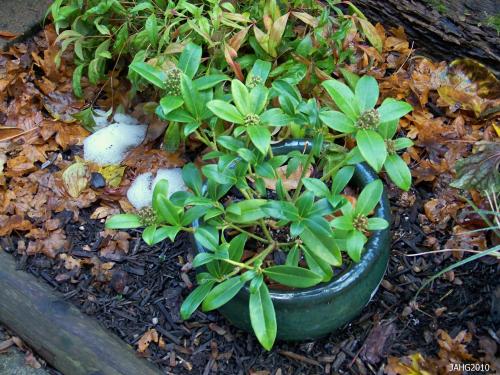
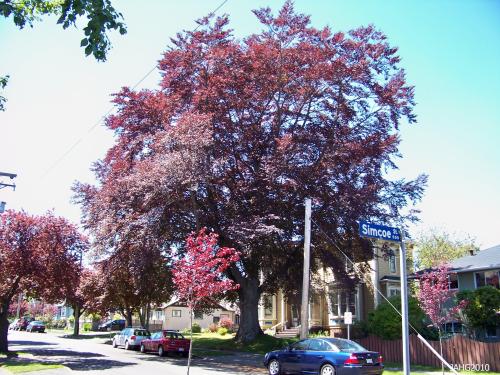
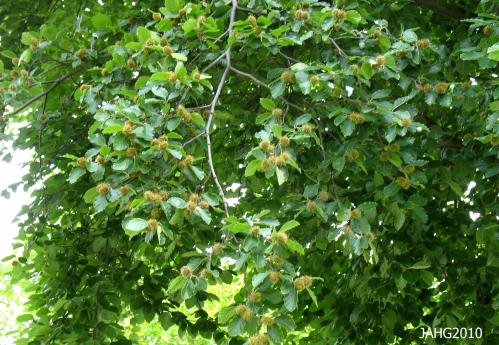
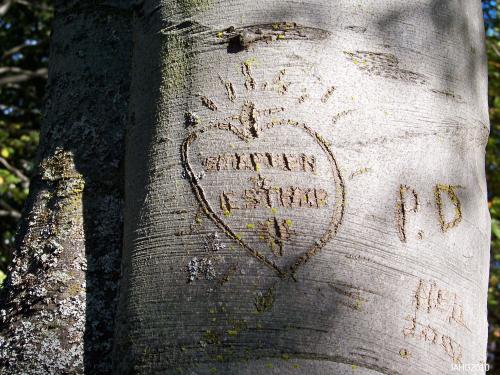
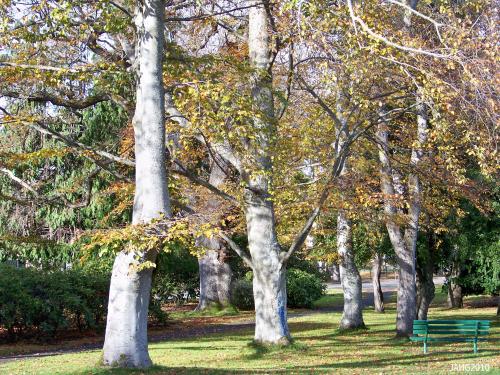
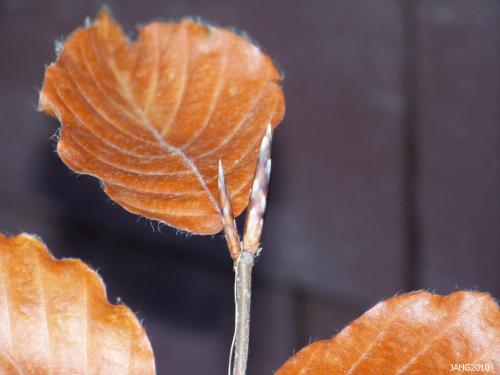
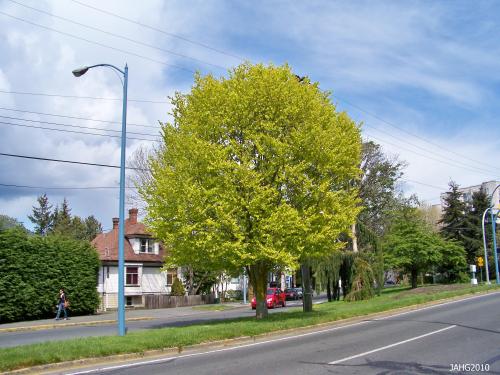
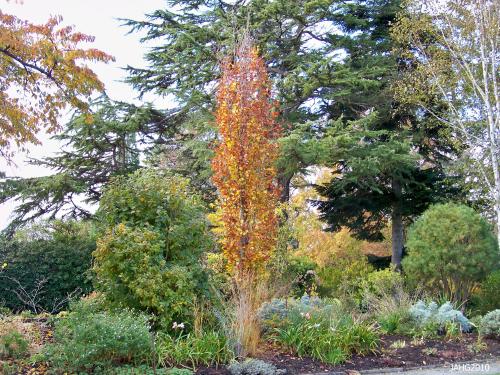
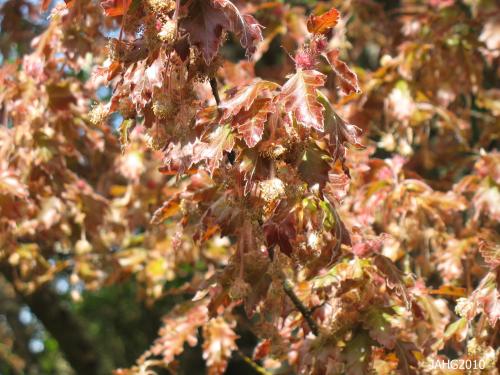






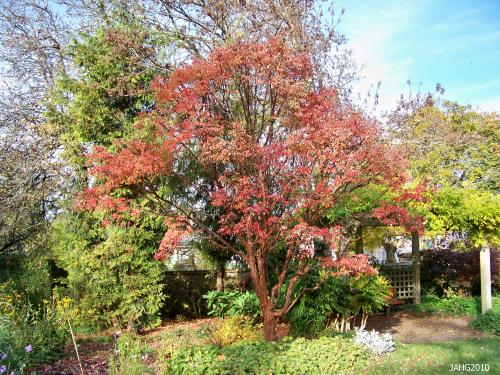
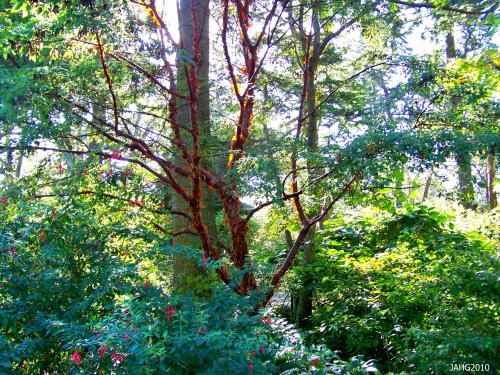
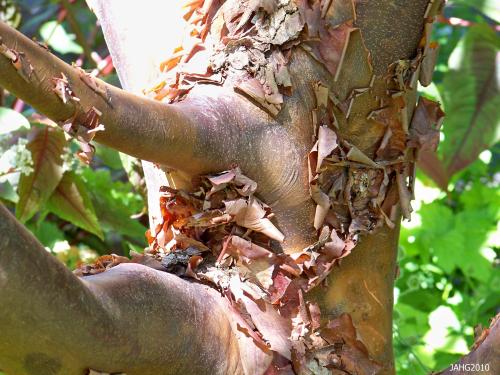
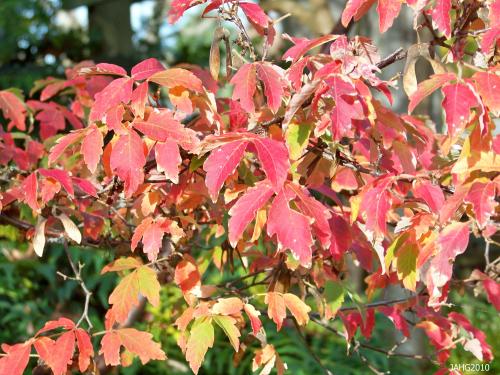
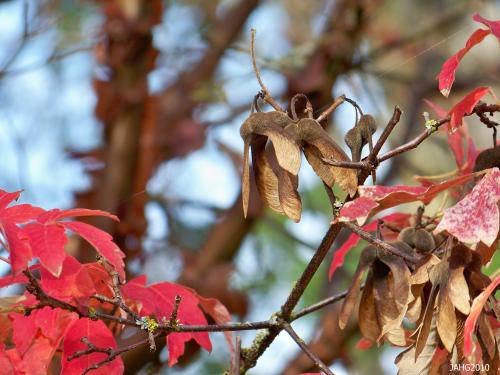
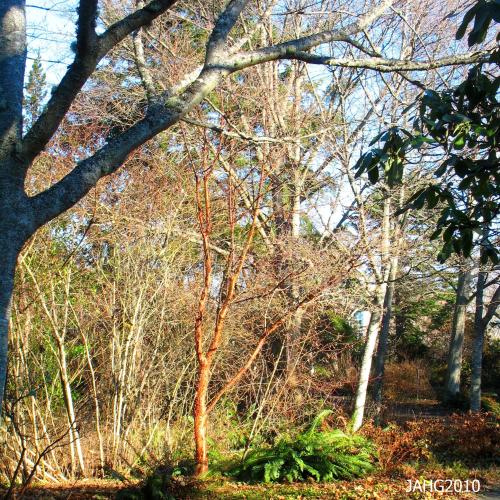
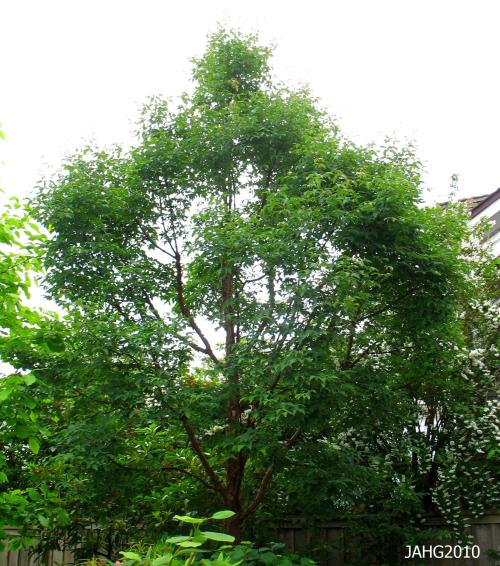
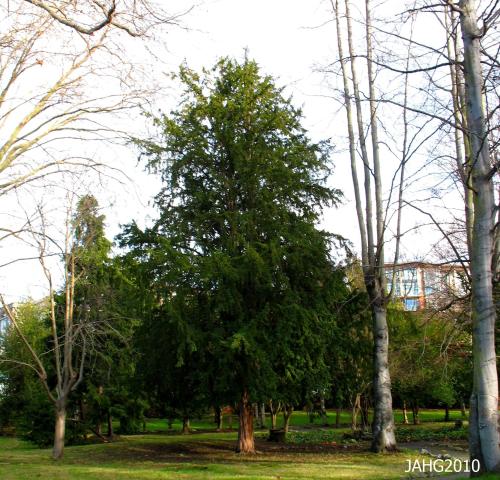
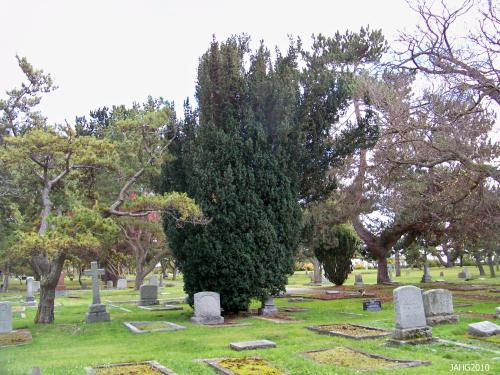
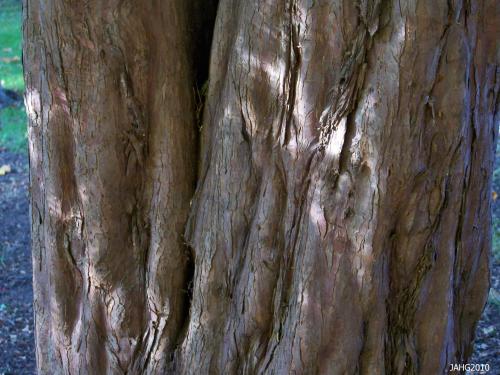
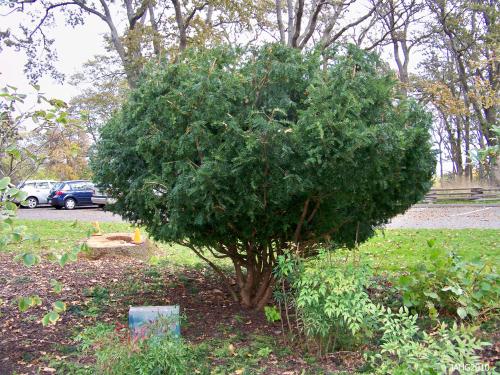
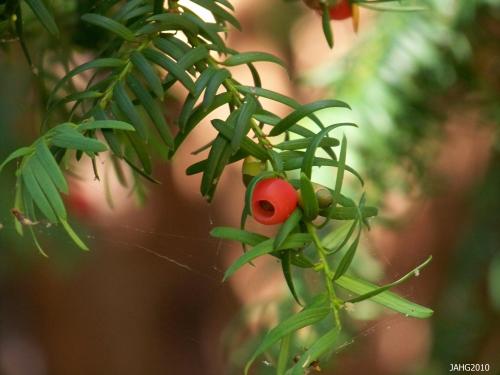
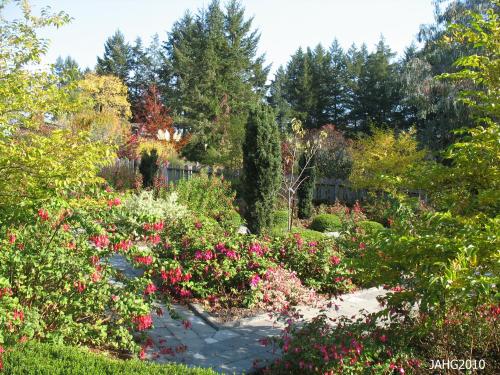
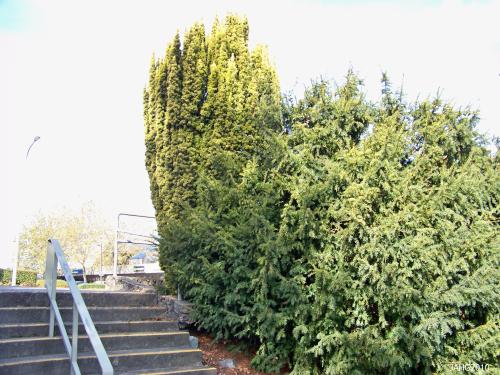
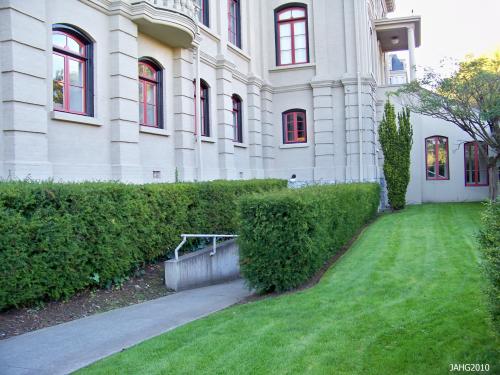
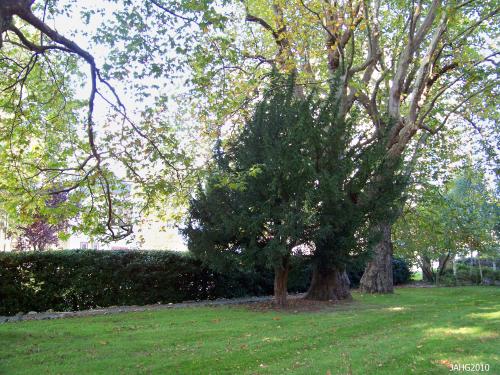
 Stumble It!
Stumble It!






